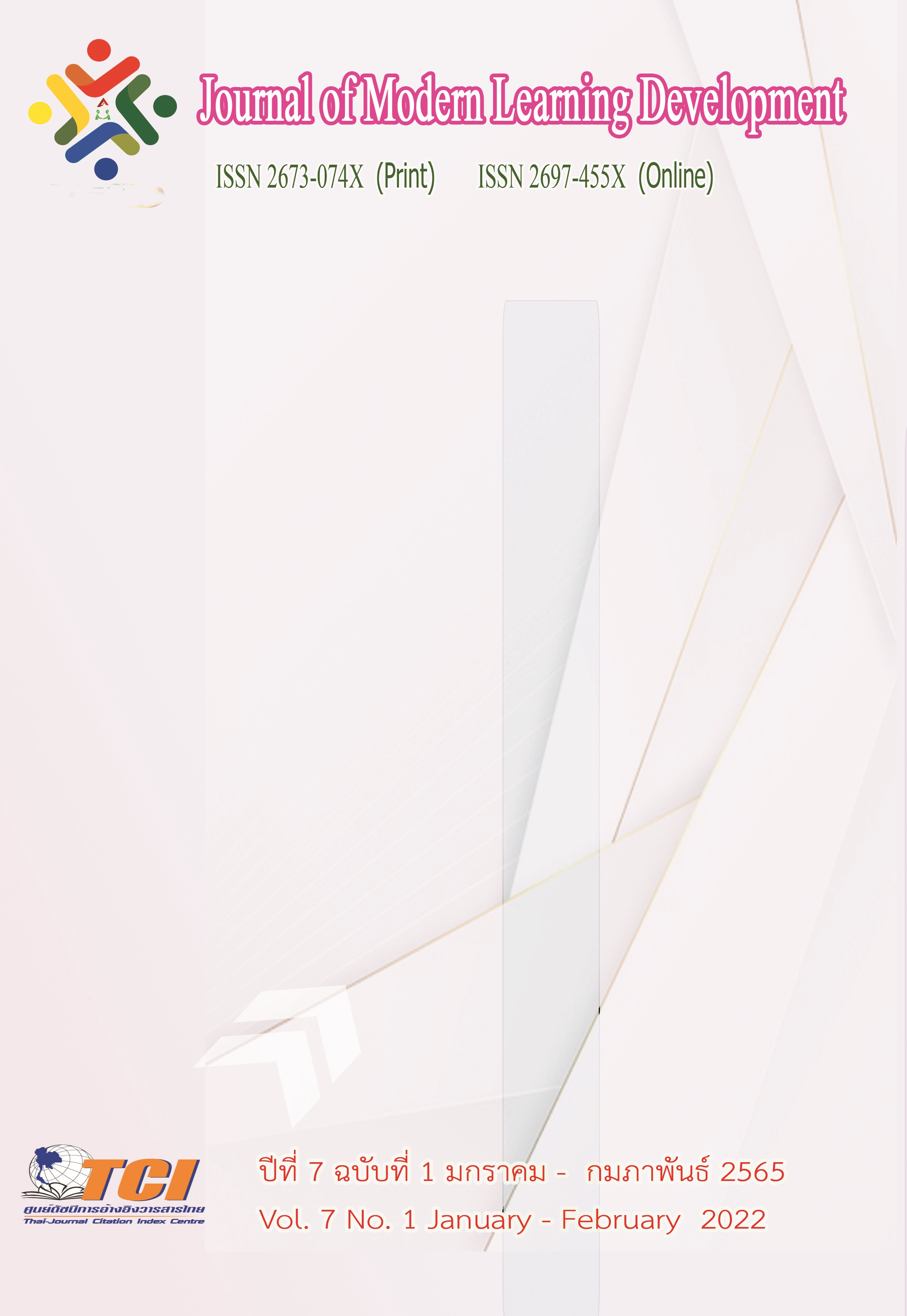A Guideline of Participation in Performing the Project of Preventing the Drug Problems of the Buddhist Monks and People in the Area of Muang Nongkhai Municipality of Mauang District, Nong Khai Province
Main Article Content
Abstract
The purposes of this research were; 1) to study the participation of the Buddhist monks and people in accordance with the teachings of Theravada Buddhism 2) to study the problem situation of the Buddhist monks and people in performance of preventive project in solving the drug problem in the area of Nongkhai Municipality in Nongkhai Province and 3) to study the Buddhist monks’ roles influencing on the participating in the performance of the project of preventing and solving the drug problem in the area of Maung Nongkhai Municipality Nongkhai Province. This research was the qualitative research. The tools for research were the in-depth interview forms. The key informants consisted of Buddhist monks, Lord Mayor, Assist, Lord Mayor or representatives, municipal officials, public health academics and people altogether 25 subjects and to report the results of research by using the descriptive analysis.
The results of research were found that the participation of the Buddhist monks and people in accordance with the principle of Dhamma in Theravada Buddhism consists of 4 aspects, that is, 1) the Buddhist Monks’ participation complies with 3 steps, that is, (1) the participation in the first step (2) the participation in the comparative step (3) the participation in the decision to perform such as to teach or preach Dhamma and to organize the Dhamma teaching in order to refine the patients’ mind in the drug case etc. 2) the participation of the government sector consists of 2 steps, that is, (1) the guideline n to fight for winning the drug addicts in accordance with the strategy of the earth power for winning the drug (2) the burden guideline of Nongkhai municipality 3) the case of the participation of the state and people is that the project named “To be Number One” of Princess Ubolrattanarajakanyasirivattana pannavadee who has been the president of this project by participating with the state and private sector in order to encourage and awake the consciousness of people in nation to understand and realize in solving the drug problem 4) the participation of people sector and to strengthen the community for winning the drug addicts sustainably in 4 steps, that is, (1) to awake the consciousness (2) to choose the leaders/ community committees, (3) to follow and evaluate the results (4) to do continuously including to apply the five precepts for daily life.
The problems of the Buddhist monks and people to perform the preventive project and solve the drug problems in the area of Nongkhai Municipality, Nongkhai Province was f0ounjd that to have three aspects, that is, 1) the problem related to the landscape, that is, Nongkhai Province adjoins Laos Peoples” Democratic Republic (LPDR), the drug is usually brought in Thailand 2) The problem of people: the causes of the drug addicts results from desiring to know and to task, to have bad friends, to be easy to get drug, not expensive to buy, and to be easy fo buy and sell in every place such as ecstasy and ecstacy and hemp in the group of youths both be buyers and sellers, to have the economic problems, vacation of jobs, family problems, parents” divorces and the lack of warming. So they trrn to c9sume the drug, there are still some Buddhist monks consuming the drug in some place 3) The aspect of the community leaders/ the officials is that some leaders of the community do not pay attention seriously to solve the drug problems. The officials do not strict to punish the person who commits an evil or sometimes some officials gain and loose with the drug.
The Buddhist monks” roles influence on the participation in performance of the project of preventing and solving the drug addicts in the area of Maung Nongkhai Municipality, Nongkhai Province have 3 aspects, that is, 1) In the aspect of the spiritual role, the Buddhist activity is brought to solve the drug problems of the community such as chanting, paying respect to the Triple Gem, walking up and down, (cankama), sitting meditation. The Buddhist monks teach people in the community for understanding the principle of Dhamma for practice and to organize the virtue/ morality in schools 2) In the aspect of the community assistances, that is, to give fund to the community for their happiness, to create the strength network in order to maintain the sustainability to support “HTS” (Home Temple and Schools for the participation for taking care of the community if finding a person who consumes the drug is considered as a patient and 3) in the aspect of the community development, the temple and the Buddhist monks must be good model in order to create the faith for the community, to build up the drug center in the community by using the temple as the center, to train by giving the knowledge related to the drug and guilty in accordance with the Act of the drug addicts and to advise people to know the evil of the drug because it is dangerious tor life and to reduce the health, to build the community to be the model (without drug) and to build the project of Green Schools.
Article Details
References
ประทุม นิลเขียว. (2541). การดำเนินการป้องกันและแก้ไขปัญหายาเสพติดของผู้บริหารโรงเรียนมัธยมศึกษา สังกัดกรมสามัญศึกษาในกรุงเทพมหานครและเขตปริมณฑล. วิทยานิพนธ์มหาบัณฑิต คณะวิทยาศาสตร์. กรุงเทพมหานคร: มหาวิทยาลัยเกษตรศาสตร์.
พวงทอง โยธาใหญ่. (2545). การมีส่วนร่วมของประชาชนในการพัฒนาจัดทำแผนพัฒนาท้องถิ่น กรณีศึกษาองค์การบริหารส่วนตำบลในจังหวัดเชียงใหม่. การศึกษาค้นคว้าอิสระ รัฐประศาสนศาสตรมหาบัณฑิต. เชียงใหม่: มหาวิทยาลัยเชียงใหม่.
ยุทธ นุชสวัสดิ์. (2552). การดำเนินการป้องกันและแก้ไขปัญหายาบ้าในโรงเรียนมัธยมศึกษา สังกัดกรมสามัญศึกษาจังหวัดเพชรบุรี. วิทยานิพนธ์ศึกษาศาสตรมหาบัณฑิต. กรุงเทพมหานคร: มหาวิทยาลัยเกษตรศาสตร์.
สำนักงานจังหวัดหนองคาย. (2562). ยุทธศาสตร์การพัฒนาจังหวัดหนองคาย. หนองคาย: สำนักงานจังหวัดหนองคาย.
สำนักงานเทศบาลเมืองหนองคาย. (2557).แผนพัฒนาสามปีของเทศบาลเมืองหนองคาย พ.ศ. 2555-2557. หนองคาย: เทศบาลเมืองหนองคาย.


